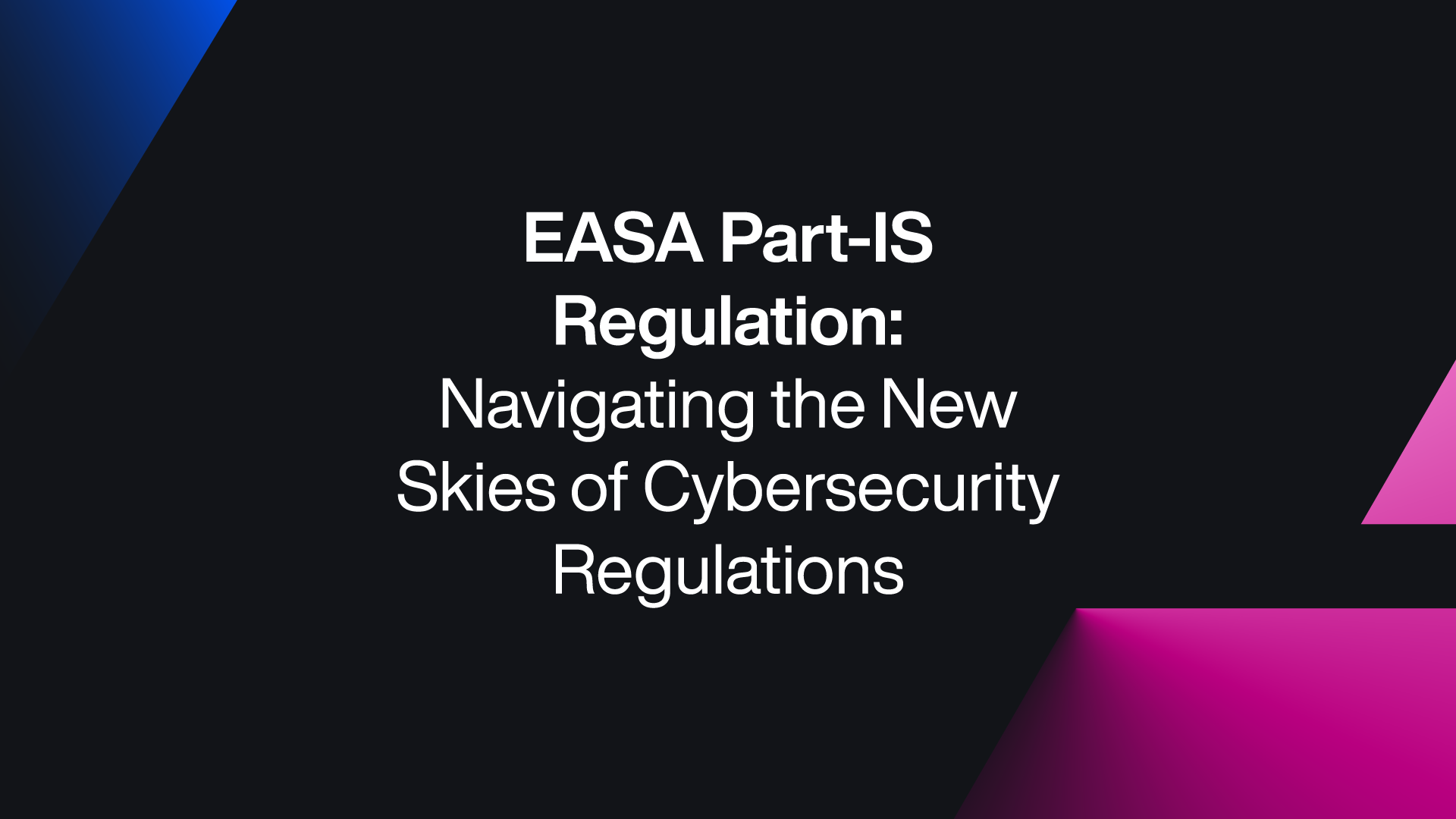News & Insights
Featured Insight

Comply365 Appoints Dasha Kuksenko as Vice President of Global Sales, Aviation and Defense

Air Astana Partners with Comply365 for Superior Operational Efficiency and Compliance Amid Continued Expansion

Comply365 Leads Research to Integrate AI into Advanced Qualification Program (AQP) Transformation

Comply365 Join Forces with Qatar Airways to Drive Intelligent Operational Excellence Worldwide

Top 5 Essential Features Aviation Companies Look for in Training Management Systems

TAP Air Portugal selects Comply365 to Enhance Compliance and Operational Efficiency

Flair Airlines Selects Fox TMS by Comply365 to Streamline Training Operations

Comply365 Announces Acquisition of Rolls-Royce’s SMS Business

Key takeaways from the 2025 Defence iQ International Military Helicopter Conference: ‘Delivering the Next Generation of Rotary Capabilities to 2040 and Beyond’
Comply365 Integrates Qualtero to Advance Vision of Unified Offering

Navigating the Skies with Data & Technology – Comply365 Insights from the IATA World Data Symposium 2025

Comply365 Appoints Chris Krackeler as Chief Revenue Officer

Comply365 and Emirates Renew Partnership for Superior Operational Performance

Ensuring Aviation Safety & Cybersecurity Compliance in 2025: What You Need to Know
